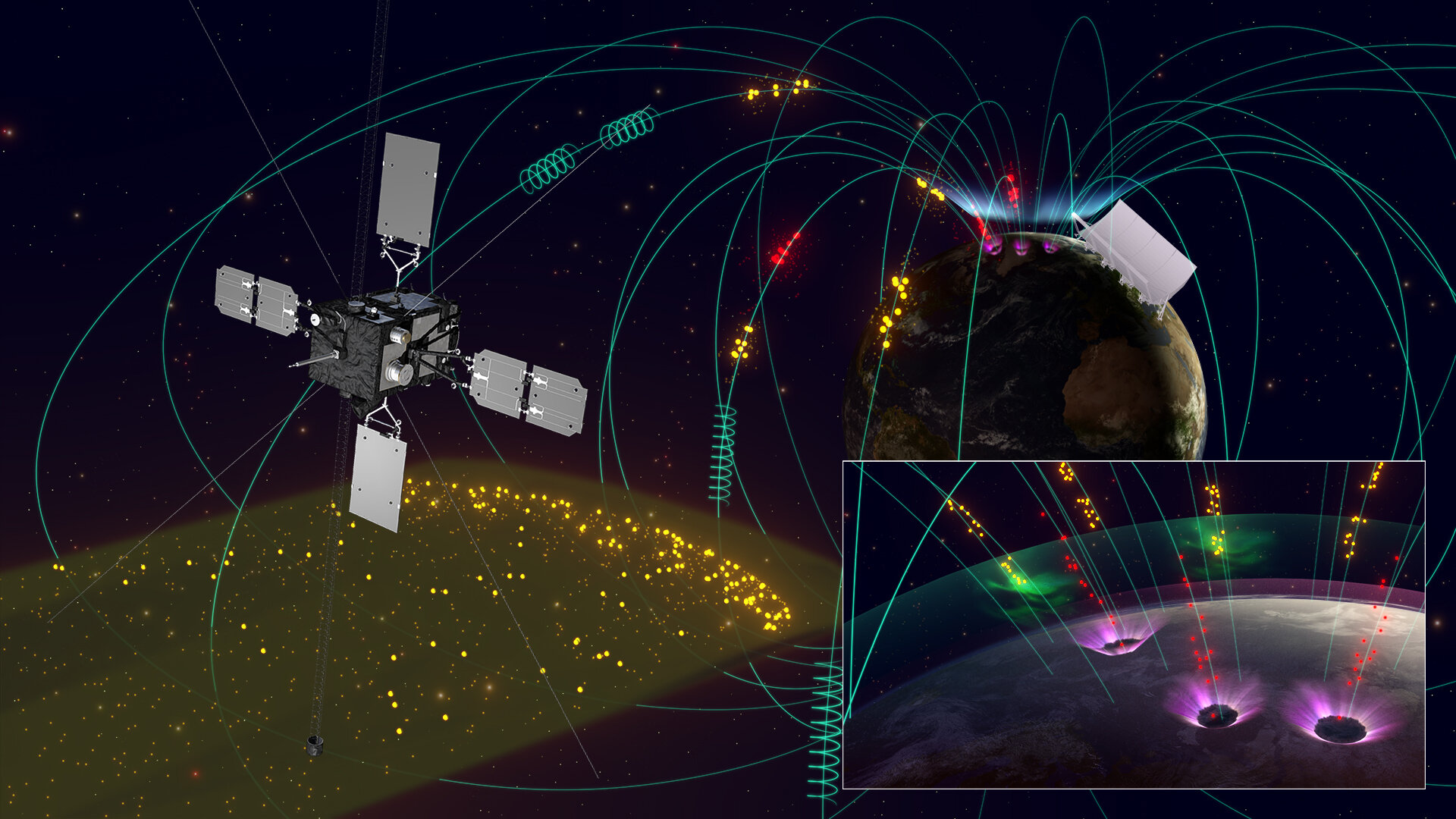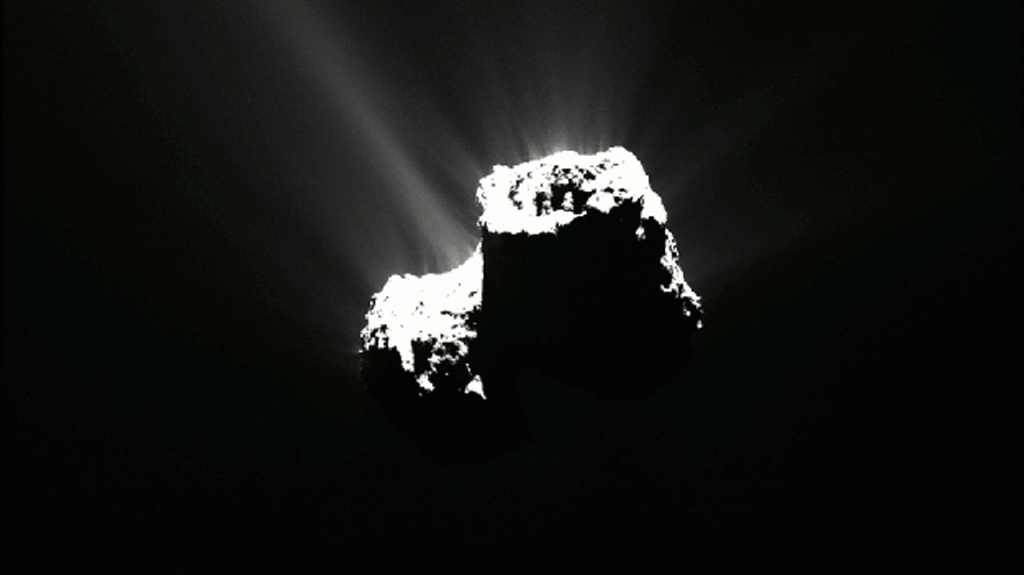
The same phenomenon that causes aurorae—the magical curtains of green light often visible from the polar regions of the Earth—causes mesospheric ozone layer depletion. This depletion could have significance for global climate change and therefore, understanding this phenomenon is important.
Now, a group of scientists led by Prof. Yoshizumi Miyoshi from Nagoya University, Japan, has observed, analyzed, and provided greater insight into this phenomenon. The findings are published in Nature’s Scientific Reports.
In the Earth’s magnetosphere—the region of...
Read More









Recent Comments